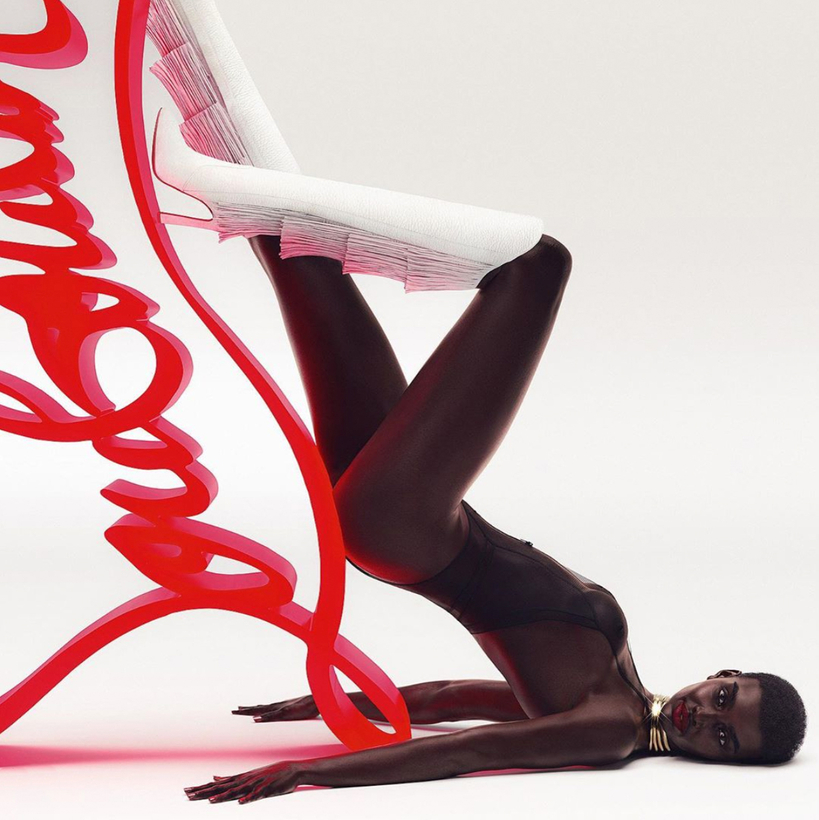They have millions of followers on Instagram, appear in the pages of Vogue and Cosmopolitan and some of the world’s biggest fashion brands pay to work with them. The only problem is, they’re not real.
Welcome to the burgeoning industry of virtual influencers, computer-animated characters portrayed in real-life settings on social media sites. Their creators get paid thousands for every post they show of them wearing digital replicas of real clothes that fashion brands want to advertise.
If you are outside the Gen Z cohort of under-25s, it is unlikely that you will have even heard of virtual influencers. But industry analysts say their growth is so rapid they will soon compete with Instagram superstars, such as the reality TV personality Kylie Jenner and the model Emily Ratajkowski.
There is Shudu, dubbed the world’s first digital supermodel, a flawless creation with perfectly symmetrical features, whose recent pictures on her Instagram account show her in Christian Louboutin shoes, a top from Balmain and using the latest Samsung phone. She is a work of fiction from Cameron-James Wilson, a former fashion photographer who lives in Weymouth, Dorset.

Or Lil Miquela, a skinny 19-year-old with a fringe, freckles and 2.8 million followers on Instagram, who is superimposed into real world settings while wearing clothes and accessories from the likes of Prada, Calvin Klein and Chanel. She was created by a Los Angeles company called Brud.
The number of such digital influencers with huge social media followings has doubled in the past year to 125, according to Christopher Travers, founder of Virtual Humans, which documents the new industry. “I predict that within three years over one thousand virtual influencers will be active on social media,” Mr Travers said.
Lil Miquela, a skinny 19-year-old with a fringe, freckles and 2.8 million followers on Instagram, was created by a Los Angeles company called Brud.
He believes that imaginary people on social media is a natural trend for a generation that has spent years looking at beautifully curated and filtered pictures of celebrities. “The introduction of virtual influencers is a grandiose form of saying what everyone is already thinking: humans are incredibly fake online. Virtual influencers are the next, most logical step,” he says.
Mr Wilson, co-founder of The Diigitals, the world’s first “all digital modelling agency” and creator of Shudu, who has over 200,000 followers on Instagram, says he is not surprised at the loyal following for virtual influencers. “It’s very contrived, very constructed — which is perfect for social media. An image that is completely fake and curated specifically to be visually appealing and to make an impact is going to garner a lot of interest,” he adds. Mr Wilson, 31, declines to say how much money his company receives from featuring a brand’s clothing in Shudu’s pictures but that it is “very, very similar to any other human influencer”.
A report by OnBuy online marketplace said the most popular virtual influencer, Lil Miquela, earns about $8,500 for a single sponsored post. OnBuy estimates Lil Miquela will make $11.7 million for her creators this year.

Real-life Instagram celebrities typically earn between $1,300 and $13,000 a sponsored Instagram post, as brands can reach audiences of millions at a far lower cost than using traditional advertising. Between $160,000 and $315,000 a year can be earned by British stars, while the most popular influencers, such as Kylie Jenner, can make as much as $1.2 million for a single post. The global influencer marketing industry was estimated to be worth $7.8 billion in 2019.
Matt Klein of Sparks & Honey, a cultural consultancy, said: “Brands are inherently attracted to the novel. If the end goal is to differentiate and come off appealing, and there’s this new unique and fresh way of doing that, then we’re talking flies to a light. And virtual influencers are completely controllable so there’s less associated hazards compared to other real, irrational and uncontrollable personalities.”
The developers of such characters are seeing a surge in funding from venture capital firms. Paul Budnitz of Superplastic, which has created a series of influencers, said Google recently led a $6 million funding round into his firm. He said the popular virtual influencers were those with a fully-imagined life. “We have a traditional story room like you would with a sitcom”, he said. “The way we think of it is: we are making the movie that never ends. Characters have things happening with them all the time.”

